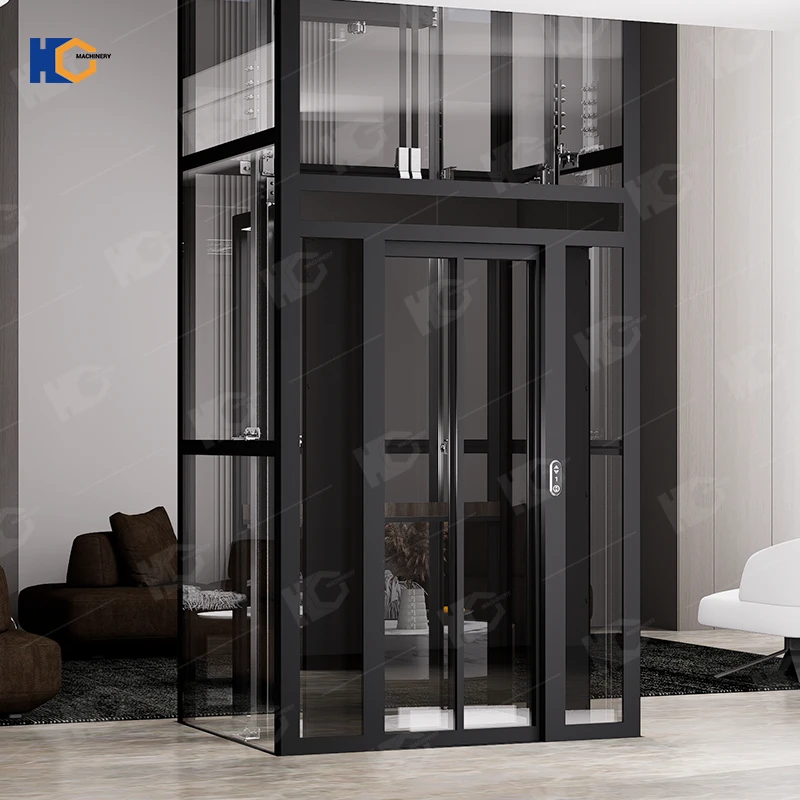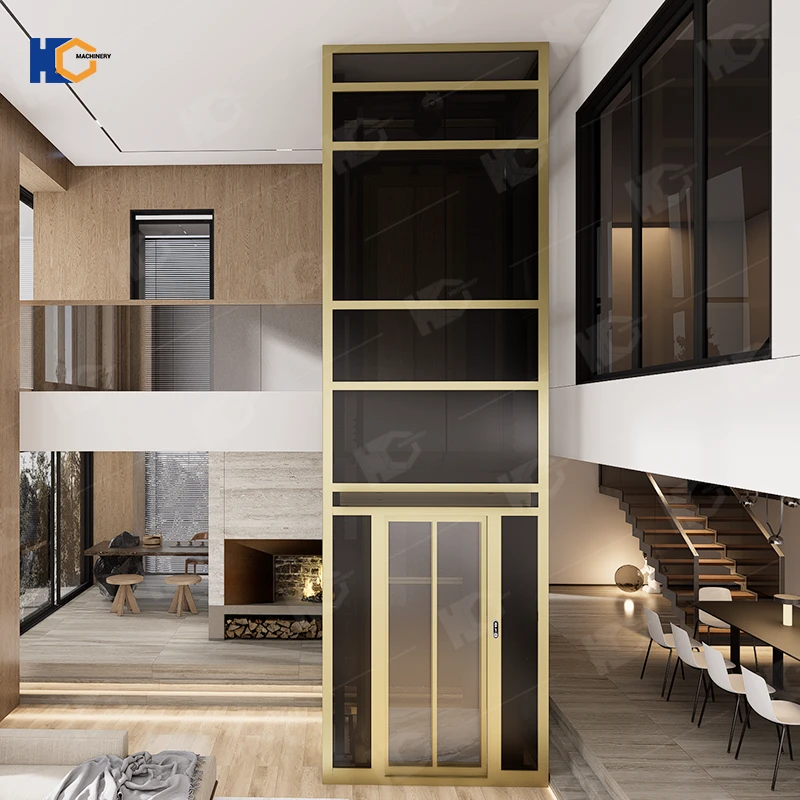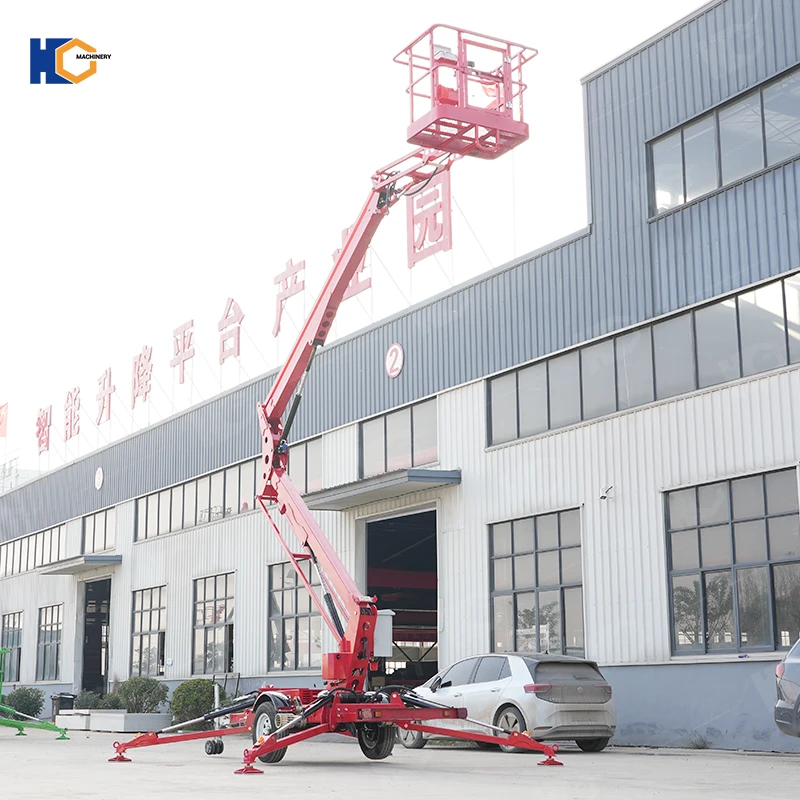I. Equipment Specifications and Transport Limitations
Typical Parameters (2-ton scissor lift example):
Dimensions: 2.1m × 1.2m × 2.4m (L×W×H)
Empty weight: 1,580 kg
Max height (extended): 8.5m
Hydraulic pressure: 24 MPa
Center of gravity: 0.6m from front edge, 0.3m from centerline
Transport Restrictions:
Highway height limit: 4.3m (China standard)
Container door height: 2.59m (standard 20HQ)
Tractor axle spacing: ≥3.5m (prevents hydraulic leg interference)
445930.webp)
II. Flatbed Truck Loading Specifications
1. Pre-loading Preparation
(1) Equipment Preparation:
Retract scissor arms to lowest position (stroke ≤1.2m)
Depressurize hydraulic system to ≤0.3 MPa
Install anti-tilt baffles (height ≥0.5m, 12mm steel plate)
(2) Truck Specifications:
| Parameter | Standard Requirement | Formula |
|---|---|---|
| Truck length | ≥12m | L≥equipment length×1.5 |
| Platform width | 2.5m±5cm | ISO 668 standard |
| Load capacity | ≥3t/m² | Dynamic load×1.5 |
| Hydraulic tail | 5°–15° inclination | Load capacity ≥2t |
(3) Support System:
Anti-slip timbers: 10cm×10cm×2m (MC 8%-12%)
Support spacing: ≤0.8m longitudinal, ≤0.5m lateral
Base leveling: Rubber pads (Shore A 65±5)
2. Rigging Operations
(1) Sling Parameters:
Strap material: Polyester fiber (PET)
Breaking strength: ≥9t (safety factor 6 for 1.5t load)
Length: Main strap 3.5m, auxiliary 2.2m
(2) Sling attachment points:
Primary: 0.8m from front, centerline elevation
Secondary: 0.3m above platform geometric center
Spacing ratio: 2:1 (primary:secondary load share)
(3) Rigging parameters:
Hook spacing: ≥1.2m
Hoisting speed: ≤0.5m/s
Sling angle: 65°–75°
3. Securing System
(1) Mechanical restraints:
U-bolts: M24×120mm (≥540MPa tensile strength)
Bolt torque: 180N·m±5%
Anchor spacing: 1.2m longitudinal, 0.8m lateral
(2) Elastic restraints:
| Component | Specs | Installation |
|---|---|---|
| Wire rope tensioner | 1.5t–3t adjustable | 2 sets per side |
| Anti-slip timbers | 10cm×10cm×2m | Double vertical rows |
| Nylon straps | ≥3t breaking force (EN354) | 45°±5° cross pattern |
(3) Dynamic stabilization:
Vibration compensation: 8–25Hz
Buffer compression: Rubber pads ≥15mm static
Displacement allowance: 3cm longitudinal, 2cm lateral
144191.webp)
III. Container Loading Procedures
1. Disassembly Protocol
(1) Scissor arm separation:
Release hydraulic lock pins (φ12mm, shear force ≥5t)
Dismantle bolts (M16, 90N·m torque)
Label sections: Arm ID-length-angle (e.g., A-1.8m-0°)
(2) Hydraulic system handling:
Seal fittings with silicone caps (5MPa rating)
Drain oil at >60°C via vacuum pump
Protect motors with IP67 enclosures
2. 3D Stowage Planning
(1) Load distribution:
Center of gravity: X=1.1m, Y=0.9m, Z=0.6m
Stack loads: Base ≤3t/m², mid-layer ≤2t/m², top ≤1t/m²
Buffer thickness: ≥5cm EPE strips
(2) Impact protection:
Corners: 3D-printed polyurethane (Shore A 75A)
Gaps: Z-shaped air cushions (0.05MPa pressure)
Moving parts: Molybdenum disulfide grease (μ≤0.1)
3. Securing System
(1) Floor anchoring:
Drill: φ22mm, depth ≥30mm
Chemical anchors: M24, ≥540MPa
Spacing: 1.0m longitudinal, 0.6m lateral
(2) Roof restraint:
Steel mesh: 5cm×5cm (Q235, 2mm thickness)
Wire rope tensioners: 7-level adjustment (1.2t–2.5t)
Vertical stops: Adjustable ±5cm (nylon)
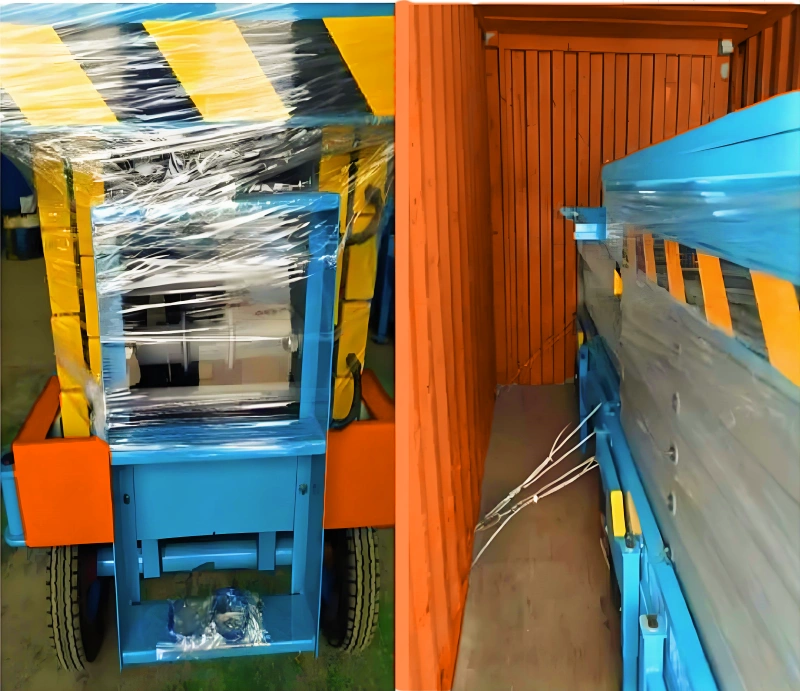
IV. Export Compliance
1. Packaging Certification
| Standard | Test item | Passing criteria |
|---|---|---|
| ISTA 3E | Random vibration | ≤3g for 3h |
| ASTM D4169 | Stack test | ≥3t/layer for 24h |
| ISO 13355 | Drop test | No damage from 1.2m fall |
2. Labeling requirements
Primary label: 100mm×150mm (text height ≥8mm)
QR code: 3D assembly drawings (PDF3D format)
Waterproof: PVC lamination (≥20kPa resistance)
3. Documentation
Weight/center of gravity certificate (±0.1kg)
Packaging strength report
Export license (CE-marked equipment)
MSDS for hydraulic oil
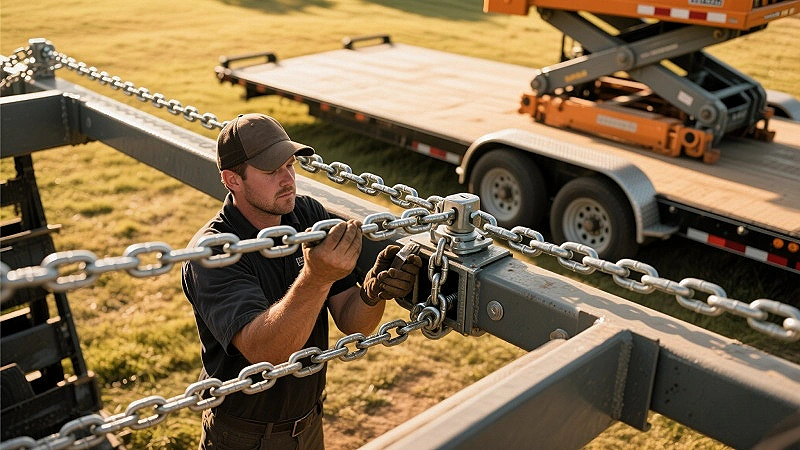
V. Safety Checklist
1. Pre-loading inspection
| Item | Standard | Tool |
|---|---|---|
| Hydraulic pressure | ≤0.3 MPa | Digital manometer |
| Strap tension | 1.5t–2.5t (adjustable) | Pre-tension meter |
| Levelness | ≤1‰ longitudinal | Laser level (0.1°) |
2. In-transit monitoring
Accelerometers: ±50g range, 100Hz sampling
Data loggers: 0.5°C/1.5%RH accuracy
Alarm thresholds: >5mm displacement, >2g acceleration
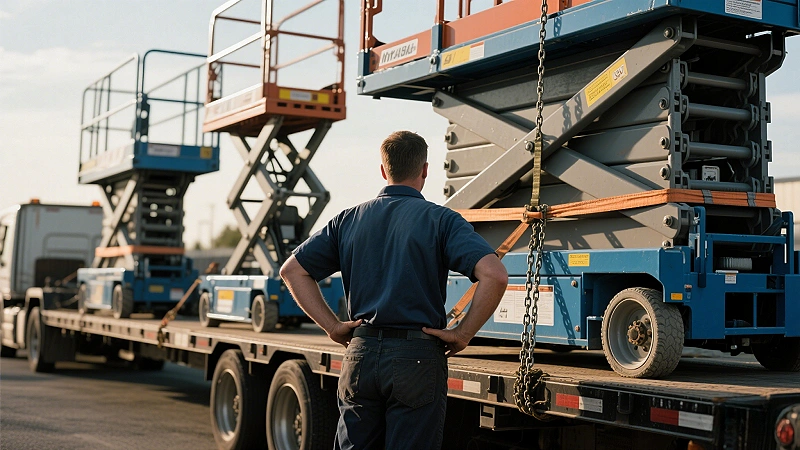
VI. Case Studies
Case 1: Hydraulic Leak
Root cause:
Loose fittings (torque dropped to 70N·m)
Seal wear (Ra >1.6μm)
Solution:
Install threadlocker (Loctite 243)
Replace FKM seals
Add oil particle sensor (NAS 1638)
Case 2: Container overturning
Analysis:
Center shift Δx=0.3m (>0.15m limit)
Centrifugal force a=0.3g
Improvements:
3D laser alignment
Electronic geo-fencing (min turn radius 12m)
Lateral acceleration alarm (0.25g threshold)
333982.webp)
VII. Smart Solutions
1. IoT Monitoring System
| Module | Specs | Protocol |
|---|---|---|
| 3-axis accelerometer | ±50g, ±0.01g | NB-IoT (BC95) |
| Strain sensor | ±500με, ±5με | LoRaWAN (SX1278) |
| Temp/RH sensor | ±0.3°C/±1.5%RH | Modbus RTU |
2. Digital Twin Application
Simulation parameters:
Mesh size ≤5mm
Material database: 12 alloys
Frequency resolution 1Hz
Outputs:
Optimal strap spacing (40cm±5cm)
Stress analysis for reinforcement
934926.webp)
This technical guide establishes a complete system for safe scissor lift transport. Implementing traceability through digital documentation ensures compliance and operational safety. Special equipment exceeding 3m width or 4m height requires route simulation and special permits.
118.webp)
